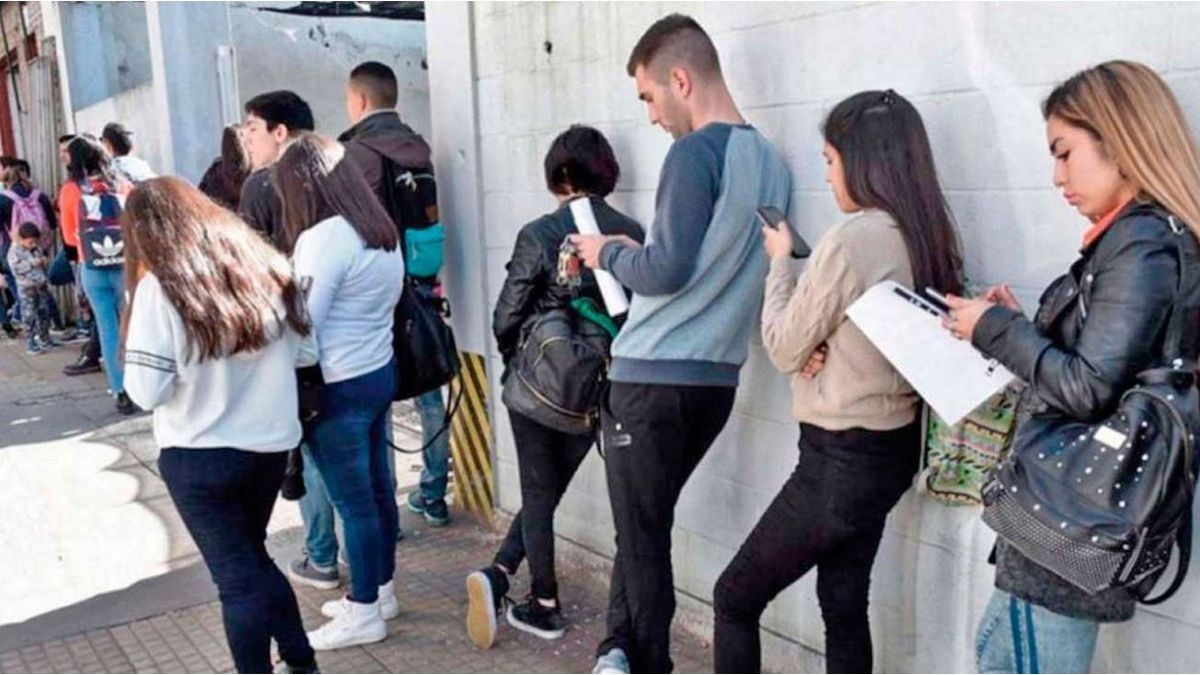Berlin wants to test whether the use of a magnetic levitation train in the city is realistic. A pilot route will initially be built for this purpose. But it’s not just the location that is still unclear.
Berlin wants to test the use of a magnetic levitation train in the capital on a five-kilometer-long pilot route. This was announced by the chairman of the CDU parliamentary group, Dirk Stettner. He is also a supporter of the subway network, but also sees the advantages of the magnetic levitation train. What is particularly important is that the routes could be built much faster and cheaper than new subway lines.
Another advantage, not least given the shortage of skilled workers at the Berliner Verkehrsbetriebe (BVG), is that the magnetic levitation train is driverless. Several Berlin media had previously reported on it. There is therefore an agreement with the coalition partner SPD.
80 to 85 million euros for the test track
Stettner said the cost of the test track would be between 80 and 85 million euros. There is no item for this in the new double budget. The pilot project is to be financed from the special climate protection fund, for which five billion euros are initially earmarked and from which the black-red government coalition wants to pay for climate protection measures that will help Berlin become climate neutral before 2045.
Stettner did not provide any information about where the pilot route could lead through the city. It is not yet clear when construction will begin.
The idea of having a magnetic levitation train float through Berlin is not new. The CDU had brought up the topic several times. A route from the outskirts of the city to the capital airport BER was also discussed. However, Transport Senator Manja Schreiner made a cautious statement about this in June and pointed out that, in her opinion, there is already a good connection to the BER, which will improve even further with the completion of the Dresdner Bahn railway line.
There was an M-Bahn (magnetic train) in Berlin as early as 1984, initially in test mode and for a short time also in regular service, which was ended after reunification in 1991.
Source: Stern




